It is overland tour to Mt. Wudangshan in Hubei province from Xian. Hubei province is located in mid China connecting many provinces in China by convenient transportation of railway, cruise, and flights......
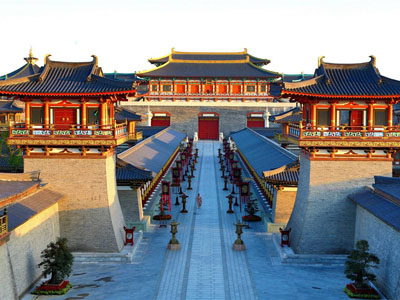
It is well known that silk is discovered in China as one of the best materials for clothing - it has a look and feeling of richness that no other materials can match. However, very few people know when or where or how it is discovered. Actually, it could date back to the 30th Century BC when Huang Di (Yellow Emperor) came into power. There are many legends about the discovery of silk; some of them are both romantic and mysterious.
Legend has it that once there lived a father with his daughter, they had a magic horse, which could not only fly in the sky but also understand human language. One day, the father went out on business and did not come back for quite some time. The daughter made him a promise: If the horse could find her father, she would marry him. Finally her father came back with the horse, but he was shocked at his daughter's promise.
Unwilling to let his daughter marry a horse, he killed the innocent horse. And then miracle happened! The horse's skin carried the girl flying away. They flew and flew, at last, they stopped on a tree, and the moment the girl touched the tree, she turned into a silkworm. Everyday, she spit long and thin silks. The silks just represented her feeling of missing him.
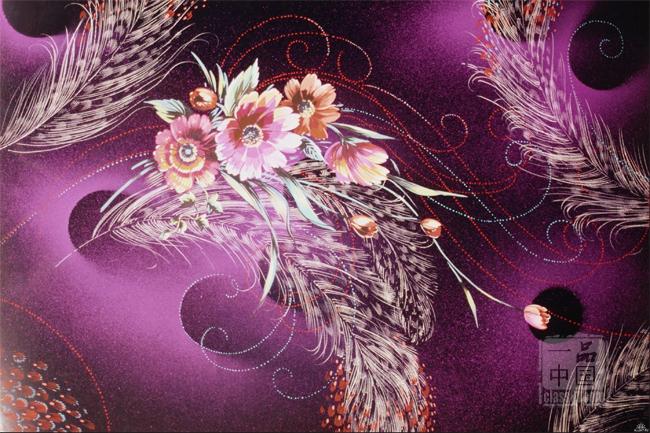

Another less romantic but more convincing explanation is that some ancient Chinese women found this wonderful silk by chance. When they were picking up fruits from the trees, they found a special kind of fruit, white but too hard to eat, so they boiled the fruit in hot water but they still could hardly eat it. At last, they lost their patience and began to beat them with big sticks. In this way, silks and silkworms were discovered. And the white hard fruit is a cocoon!
The business of raising silkworms and unwinding cocoons is now known as silk culture or sericulture. It takes an average of 25-28 days for a silkworm, which is no bigger than an ant, to grow old enough to spin cocoon. Then the women farmers will pick them up one by one to piles of straws, then the silkworm will attach itself to the straw, with its legs to the outside and begin to spin.
The next step is unwinding the cocoons; it is done by reeling girls. The cocoons are heated to kill the pupae, this must be done at the right time, otherwise, the pupas are bound to turn into moths, and moths will make a hole in the cocoons, which will be useless for reeling. To unwind the cocoons, first put them in a basin filled with hot water, find the loose end of the cocoon, and then twist them, carry then to a small wheel, thus the cocoons will be unwound. At last, two workers measure them into a certain length, twist them, they are called raw silk, then they are dyed and woven into cloth.
An interesting fact is that we can unwind about 1,000 meters long silk from one cocoon, while 111 cocoons are needed for a man's tie, and 630 cocoons are needed for a woman's blouse.
Chinese people developed new way by using silk to make clothes since the discovery of silk. This kind of clothes became popular soon. At that time, China 's technology was developing fast. Emperor Wu Di of western Han Dynasty decided to develop trade with other countries.
To build a road becomes priority to trade silk. For nearly 60 years of war, the world famous ancient Silk Road was built up at cost of many losses of life and treasures. It started from Chang'an (now Xi'an ), across Middle Asia, South Asia and West Asia . Many countries of Asia and Europe were connected.
From then on, Chinese silk, along with many other Chinese inventions, were passed to Europe . Romans, especially women, were crazy for Chinese silk. Before that, Romans used to make clothes with linen cloth, animal skin and wool fabric. Now they all turned to silk. It was a symbol of wealth and high social status for them to wear silk clothes. One day, an Indian monk came to visit the Emperor. This monk had been living in China for several years and knew the method of raising silkworms. The Emperor promised a high profit of the monk, the monk hid several cocoons in his cane and took it to Rome . Then, the technology of raising silkworms spread out.
Thousands of years have passed since China first discovered silkworms. Nowadays, silk, in some sense, is still some kind of luxury. Some countries are trying some new ways to make silk without silkworms. Hopefully, they can be successful. But whatever the result, nobody should forget that silk was, still is, and will always be a priceless treasure.
Related Tours
Fixed Overland tour from Kyrghyzstan to Laos in 2015
2015 China Overland Tour of Self driving From Laos To Mongolia by Own Vehicle
18 Days Ancient China Culture Tours

It is overland tour to Mt. Wudangshan in Hubei province from Xian. Hubei province is located in mid China connecting many provinces in China by convenient transportation of railway, cruise, and flights......
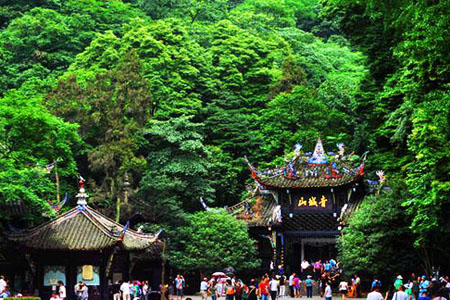
One day classic tours of Chengdu to Mt. Qingchengshan and Dujiangyan Dam will show tourist the profound of ancient Chinese wisdom and culture in harmony relation with the world. ......
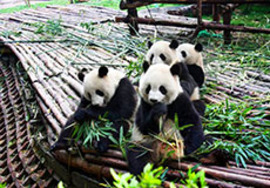
The most classic one day Chengdu tours will bring tourist to Chengdu Giant panda garden and Leshan giant buddha with private travel guide and car in Chengdu, extremely convenient and easy!......

One days best Chengdu tours bring tourist to Sanxingdui museum and giant panda garden with private guide and car, making your tour in Chengdu easy. ......
This panda volunteer work provide tourist with one days unique experience of Panda volunteer project works and bring them an intimate touch with Giant pandas, also the best way to learn deep about pand......
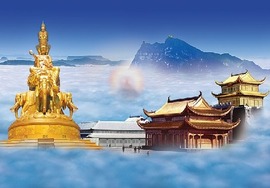
It is tour from the only one operator in Chengdu tours market offering Emeishan and Leshan tours by bullet train. Our highlights including Leshan Giant Buddha and Mt Emeishan. ......

